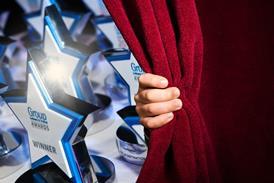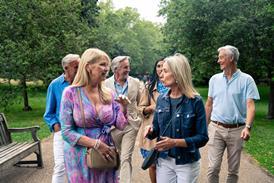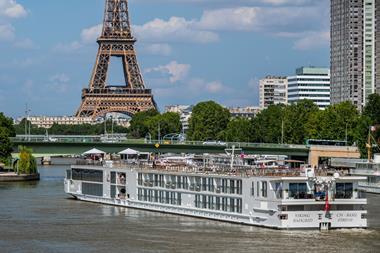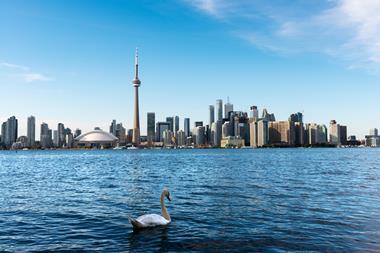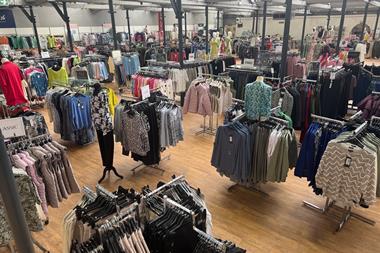The Fixing Our Broken Planet gallery at the Natural History Museum in London will aim to inspire people to help protect Earth for future generations and is the first new permanent space to open at the South Kensington attraction in nine years.
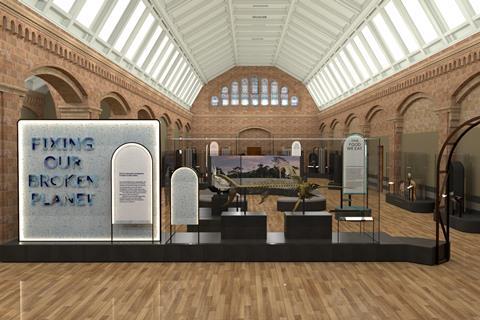
Opening on 3rd April, Fixing Our Broken Planet will bring together research from the museum’s scientists with advice from environmentalists on how to better care for the planet and its future. It will be accompanied by a programme of events exploring the challenges facing Earth and that encourages people to make positive change.
Groups visiting the gallery will come face-to-face with more than 250 specimens including a Sumatran rhinoceros, parasitic worms and whale’s earwax. Research on display will show how fungi is used to fertilise crops, how bacteria can be harnessed to extract copper from mine waste, and how bison are helping to engineer forests in the UK to store more carbon.
Visitors can also learn how vital DNA analysis on mosquitoes is being used to fight mosquito-born diseases, such as malaria.
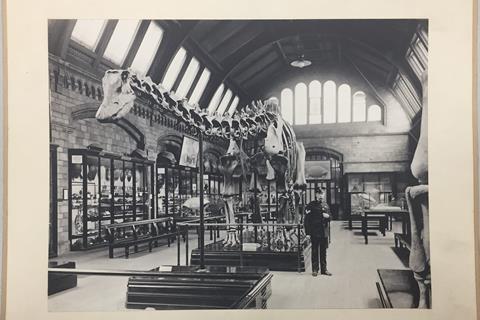
Museum director, Dr Doug Gurr, said: “Our scientists have been working to find solutions for and from nature. Fixing Our Broken Planet places this research at the heart of the museum, allowing us to offer positive ways in which our visitors can act for the planet.”
The new gallery is part of a project to transform the museums for its 150th anniversary in 2031. Plans include raising £150 million which will also see the scheduled opening of a second new gallery in 2027 and four existing galleries restored and updated.
More highlights to look out for during a visit to the Natural History Museum include the Dinosaurs gallery, housing part of the first Tyrannosaurus Rex skeleton ever discovered and the skull of a Triceratops.
You can also see more than 23 million things stored in alcohol in the Spirit Collection, including specimens collected by Captain James Cook, a giant squid and Charles Darwin’s pet octopus.
Group visits to the Natural History Museum
The Natural History Museum is open daily from 10am to 5.50pm. The Fixing Our Broken Planet gallery is included within admission, which is free.
Groups are advised to get in touch with the museum via feedback@nhm.ac.uk to book a visit. For groups travelling by coach, the drop-off point is outside the main entrance on Cromwell Road.
For more information about the Fixing Our Broken Planet gallery visit www.nhm.ac.uk.


